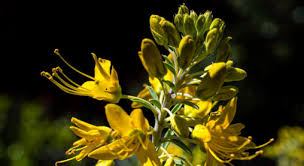
In areas susceptible to drought, people are increasingly opting for hardscaping—using materials like rock, gravel, brick, and concrete—in place of traditional lawns and landscaping. These non-porous materials can contribute to problems such as excessive runoff, erosion, and flash flooding during storms. Therefore, it's essential to incorporate a variety of materials and living plants into landscape design, such as xeriscaping or water-positive approaches.
For those looking to minimize water usage and maintenance, water-wise native plants are an excellent choice. They adapt well to the local climate, support the surrounding ecosystem, and enhance the visual appeal of your yard.
Drought-tolerant plants, though not requiring no water at all, are capable of withstanding extended periods of heat and dryness while thriving in such conditions.
Click here to learn more about plants that you could consider adding to your drought-tolerant landscape.
For those looking to minimize water usage and maintenance, water-wise native plants are an excellent choice. They adapt well to the local climate, support the surrounding ecosystem, and enhance the visual appeal of your yard.
Drought-tolerant plants, though not requiring no water at all, are capable of withstanding extended periods of heat and dryness while thriving in such conditions.
Click here to learn more about plants that you could consider adding to your drought-tolerant landscape.


 Effective Landscape Design: Hardscaping vs. Water-Wise Native Plants for Drought Areas
Effective Landscape Design: Hardscaping vs. Water-Wise Native Plants for Drought Areas




 Companies
Companies